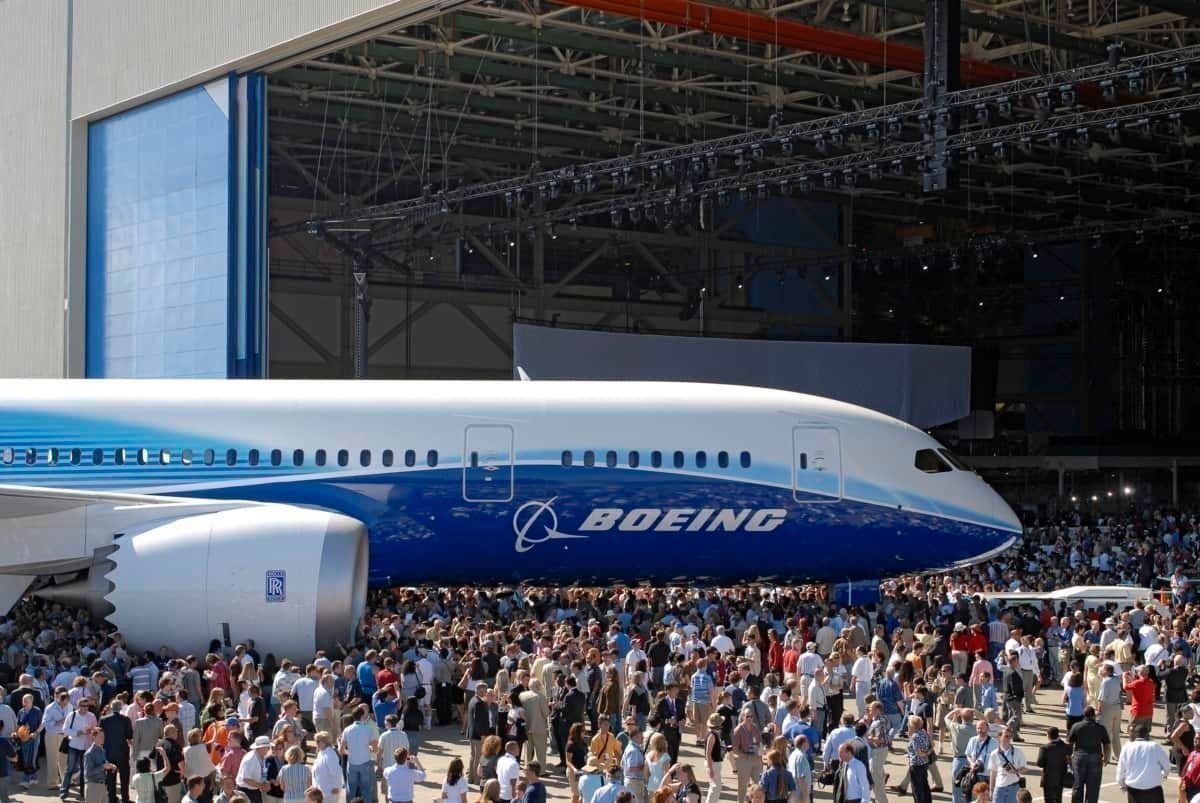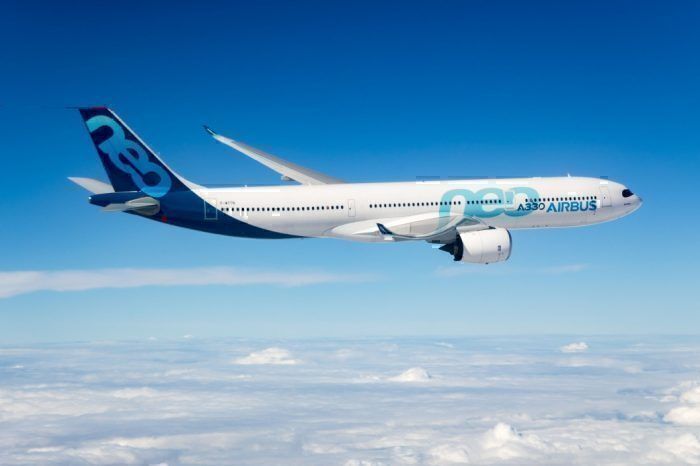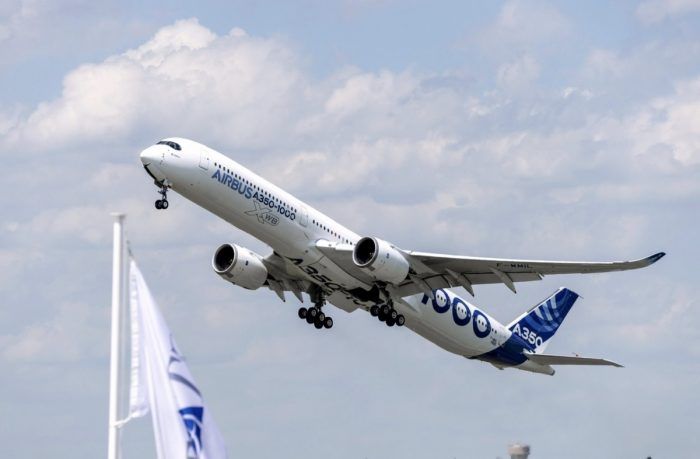There are two types of aircraft built today: new aircraft designs that fill a specific niche, or redesigned favourites upgraded with modern technology. Which method of building aircraft is better?
What is the difference?
At first, it can be a little hard to tell the difference between a clean sheet design and an upgraded older model. After all, if any aircraft has been in a factory within the last five years, they must be a modern contraption, right?
Stay informed: Sign up for our daily aviation news digest.
This is not entirely true. For example, some aircraft under construction today are either older designs or an older design with some minor improvements - typically engines and interior fit-outs. Airbus calls these redesigns NEO aircraft, new engine option, while Boeing calls them MAX aircraft.
If we were to look at the market place today, aircraft available to be bought from the major sellers could be divided into two groups.
|
Clean Sheet |
Redesigned |
|
Airbus A220 |
- |
|
Airbus A320 |
Airbus A320neo
|
|
Airbus A330 |
Airbus A330neo
|
|
Airbus A350 XWB
|
- |
|
Airbus A380 |
- |
|
Boeing 737 |
Boeing 737 MAX
|
|
Boeing 747 |
Boeing 747-8 |
|
Boeing 767 |
- |
|
Boeing 777 |
Boeing 777X |
|
Boeing 787 Dreamliner
|
- |
|
Embraer E-Jet |
Embraer E-Jet E2
|
As you can see, while the majority of aircraft built in the world are clean sheet, the most popular aircraft are redesigned again and again.
The merits of redesigning aircraft
So why redesign aircraft? Why would airlines choose to update a design that is already a great seller?
There are several perks:
- They can incorporate new technology to make the product more attractive to airlines.
- They can improve the design to stave off competition, or any new radical game-changer designs (like adding winglets to aircraft).
- It is quicker to relaunch an existing design to market than creating a brand new one. For example, Airbus was able to build the A321XLR very quickly compared to the Airbus A380.
- New environmental or government specifications that apply to aircraft. For example, new, quieter engines.
- It is far cheaper for airframe builders to redevelop an existing design than making a brand new design. Plus, airframe builders can sell these redesigned upgrades far less expensively than new models (see the Boeing 787 vs the Airbus A330).
- Many of the niches that these aircraft fills are full. Why re-invent the wheel when your product is supplying the customers needs ideally.
- Aerospace manufactures can focus on building their top-selling products quicker and more efficiently, focusing on the construction rather than consistently relaunching new products.
- A longer product timeline means that airlines are more confident in the design. If an aircraft will be in operation for twenty years (before being sold to another airline), there is less chance that airlines will spring for a shiny new plane. Thus less of a market.
- Lastly, builders can iron out any flaws or compromises in the original design.
But some specific needs can only be met by a new clean sheet design.
The advantages of clean sheet design
If redesigning aircraft is so profitable and quicker, why do airlines build new design aircraft at all?
- New market niches - The mythical middle of the market (200-300 passengers) niche is still underserved by airframe builders, as well as the sub 100 passenger market. Both of these areas could support a new clean sheet aircraft.
- Changing market forces - Airlines don't want aircraft with four engines anymore, leaving the Boeing 747, Airbus A340 and A380 without customers. Airframe builders need to reapproach the market niches (that are still relatively popular) with a new design.
- New technology - sometimes new technology simply cannot be incorporated into older designs, such as with the Boeing 737 MAX. The aircraft is so low to the ground that powerful new engines won't fit - putting pressure on Boeing to come to the market with a fresh clean sheet design.
Bottom line - which is best?
Are we in the age of redesigns or the world of clean-sheet aircraft? In recent years we have the Boeing 777X, 737 MAX, Airbus A330neo and the Airbus A321neo enter the redesigned camp, and the A350 and Boeing 787 in the other. The weight is noticeable; airframe makers prefer to redesign aircraft over building new ones. And airlines are ready to snap them up.
What do you think? Let us know in the comments.



